The old English aphorism, “Good things come to those who wait,” was appropriately used as an advertising slogan in the United Kingdom in 1996 to promote Guiness-brand draught stout.
Today, the age-old adage might be applicable to the $1.1-billion Yellowhead Trail Freeway Conversion Project in Edmonton, as the finish line to the expansive venture may finally be in sight.
A strategic plan for the undertaking, which consists of both large and small projects along a 15-kilometre stretch of the roadway, was first approved in 2011 and construction work began in 2019. It is expected to wrap up sometime in 2027, with carry-over work to be completed in 2028.
The venture is the largest roadworks program in northern Alberta. Upon completion, the roadway will have three lanes of traffic in each direction.
The city decided to turn the trail into a six-lane freeway because the thoroughfare is classified as a major goods movement route. The roadway experiences delays during peak periods and mid-day on weekends. Without the improvements, traffic snarls will be even worse.
“Yellowhead Trail is a major goods movement route and converting it to a freeway is critical for improving safety and traffic flow, reducing delays for all users,” Kris Lima, director of the Yellowhead Trail Freeway Conversion Program at the City of Edmonton, told the Journal of Commerce.
At the moment, crews are building new service roads along the stretch to better manage traffic flow and installing underground utilities and piles for new interchanges at 127 and 121 streets. A new pedestrian bridge is being built and signalized intersections are being removed.
Over the past several years, a series of major road-widening, network improvement and pedestrian crossing projects have been completed along the east-west roadway. The project will essentially widen the existing roadway from St. Albert Trail to 97th Street and introduce 10 interchanges and eight signalized intersections. A sound wall, new sidewalks and underground drainage are also being installed.
The existing roadway is being converted to three lanes of traffic in each direction, along with two new interchanges, service roads and removal of signalized intersections and direct accesses.
Between the 156 Street to St. Albert Trail segment of the trail, the roadway was widened and new service roads were added. Fort Road and a CN rail underpass were also widened between 66 Street and Yellowhead Trail.
Presently, construction is underway on a section from St. Albert Trail to 97 Street. The road is being reconstructed, two new interchanges are being built and underground utilities are being installed.
Designs are also in the works to remove an at-grade, signalized intersection at 66 Street and Yellowhead Trail. Construction is expected to begin in 2026.
“Upgrades such as new shared pathways and improved sidewalk connections will provide those who walk, cycle and roll with efficient options along and across the corridor,” says Lima.
The freeway conversion was a priority in the city’s Major Goods Movement Strategy and supports the goals of Edmonton’s transportation master plan. The strategy identified that the roadway experiences delays during peak periods and mid-day on weekends and that, with traffic growth, delays will be even longer if improvements aren’t made.
Up to 81,000 vehicles use the route daily and traffic volume is expected to grow to 155,000 vehicles daily by 2047. Nearly 1,000 collisions have occurred annually on the trail over the past decade. It is anticipated that free-flowing traffic, where motorists don’t have to stop at signals, will help prevent collisions.
As with all large construction projects, the freeway work has faced its fair share of challenges, one being the flow of traffic along the Yellowhead Trail corridor while construction is underway. To keep disruptions to a minimum and ensure work areas are safe, the city has focused on extensive planning, phased construction and working with interested groups.
Financials have also been an issue as it is anticipated the project will end up $105 million over budget.
Back in 2017, the project was pegged at an estimated cost of $1 billion. The federal and provincial governments each contributed $241.6 million, with the city covering the rest.
However, a number of factors have contributed to the program going beyond the original figure.
According to Lima, primary cost drivers for the program from 2017 to 2025 included higher market inflation, volatility and uncertainty, and a significant increase in the scope of drainage infrastructure improvements. Higher costs associated with rail co-ordination and increased fees for land acquisitions also contributed to the higher price tag.
The overrun is within the limits of the city’s tax-supported debt limit and translates to a tax levy of 0.33 per cent over four years. The amounts will be included in the city’s 2027-2030 operating budget.
While the extra cost will be covered by the city, Lima says project teams continue to identify opportunities for savings through design changes, scope reduction or deferrals, cost concessions and risk mitigation while balancing the level of service and the needs of area businesses and residents.


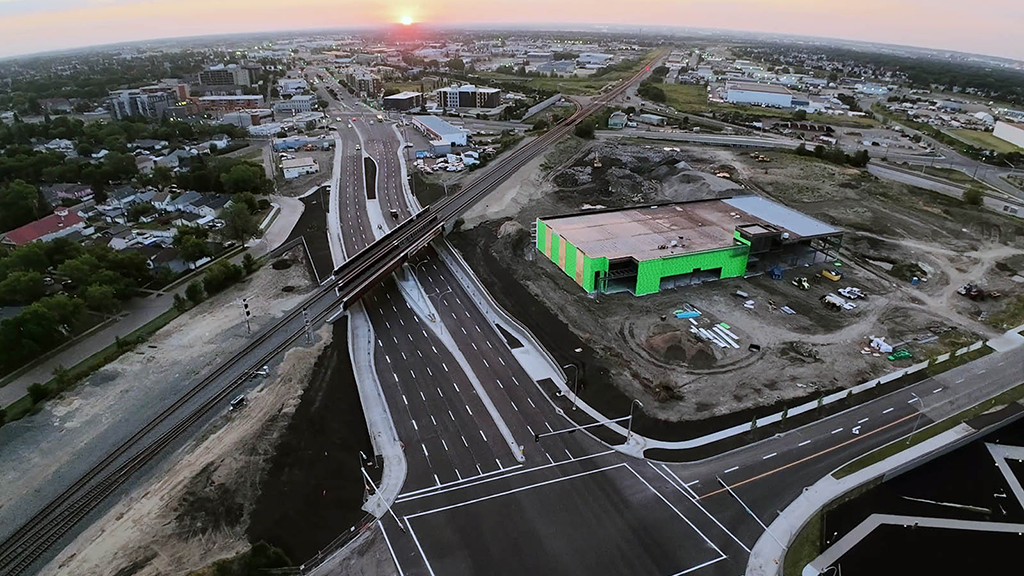


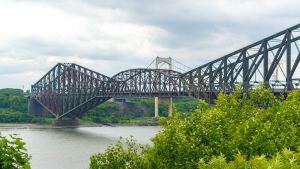
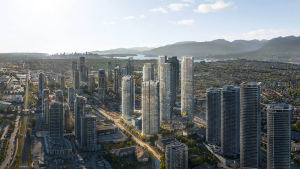
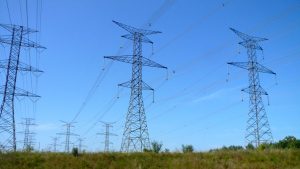
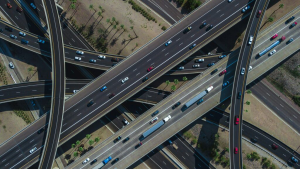

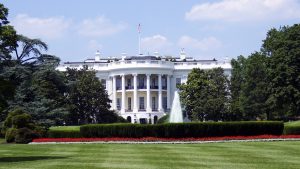

Recent Comments